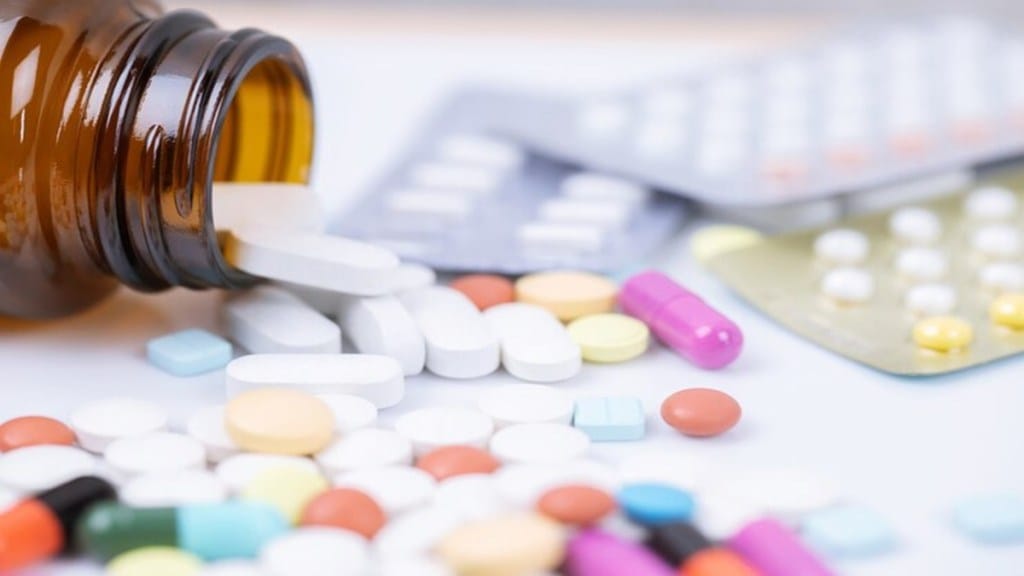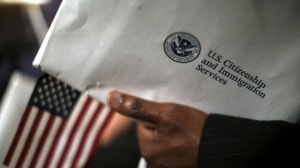Donald Trump’s election victory was welcomed by many in India and especially by the Indian pharmaceutical industry. They saw in his return as the US president, elements that augured well for India – be it around an inclination to view it as a more enduring strategic ally than China or because of India’s strengths that could help address the concerns around the rising cost of healthcare in America. Then came the threats of tariffs that the Indian pharma sector could face in the United States. How turbulent could the after-effects be of the possible tariffs?
“The key strength of Indian pharma in the US lies in the supply of low-priced medicines. That these Indian companies are already operating there in a competitive environment has also meant an added element of price erosion that they continue to face. The price erosion is today to the tune of around 5 per cent each year,” says Sudarshan Jain, secretary general, Indian Pharmaceutical Alliance (IPA) and a distinguished member of an eminent jury for the FE Pharma Awards, 2025 unfolding in March. It is apt considering that it is an endeavour to recognise and celebrate those who are making a mark and readying for a leap ahead.
Given this backdrop of low pricing and an erosion in prices, Jain feels, addition of tariff barriers could trigger conditions for possible shortages of some of these medicines. While the US is a $600 billion pharmaceutical market, the share of these generic is 90 per cent in terms of volume but a low 14 per cent in terms of total value with the rest 86 per cent commanded by the patented drugs in terms of value and only 10 per cent in terms of volume.
“The Indian companies play a very important role in the US market supplying over 50 per cent of the total generics to the US with these exports from India to the tune of almost $ 9 billion,” says Jain. On the $800 million worth of pharma imports from US into India, Jain reminds that the Indian government has already sharply reduced tariffs on the bulk of these imports.
Who pays? Why it matters?
While Jain shares the perspective of a leading pharma industry body, experts seem to agree. Aditya Khemka, fund manager at InCred Asset Management, a leading pharma and healthcare analyst who is well-regarded in the industry for having tracked the sector over the past two decades, sees “reasons to believe that the imposition of tariffs may not be easy.” While the US, he says, is coping with the pressures of rising healthcare costs resulting in the need for import of medicines from countries like India or China because the cost of production in these countries – it is a fraction of what it would take to make the same products in the US.”
In this scenario, he says, if there are tariffs imposed on these imports and if these were to be passed on to the end consumers then the costs of medicines in the US market will only rise further. “It is a $600 billion pharma market, not because Indian companies are overcharging the US consumers, in fact, many barely make money in the US market but it is today a high-value market mainly because of the patented products manufactured by the American companies themselves for the US market.”
He therefore feels the imposition of tariffs on Indian medicines may be difficult because “Somebody – either the Americans or their government will need to pay for these generic medicines.” Explaining the broad demarcation between generic and patented products, Khemka gives examples of patented molecules that yield high revenues in the US such as Revlimid, a blood cancer drug with sales worth several billions of dollars in the US alone. This drug is to go off-patent in January 2026. Or there is a drug like Keytruda, yet another medication for cancer. Drugs such as these have already attracted the attention of Indian companies with some tying up with innovator companies to offer low-priced generic versions with prices headed further south once the drugs go off-patent.
Growth and pricing environment
What then would be occupying the mind space of the head honchos of Indian pharma today? To Khemka, the immediate concerns over possible tariffs and the implications of these would certainly dominate, the pharma companies would do well if they were to stay focussed on growth and on the pricing environment in the US. For driving growth, Khemka feels, what has got the companies thus far may not necessarily take them ahead on the same growth trajectory, therefore increasing reliance on innovation and differentiated product offerings along with a heightened ability to adapt to the technological changes, including the gains to be accrued by leveraging artificial intelligence (AI) may just be the road to a more sustainable future.







